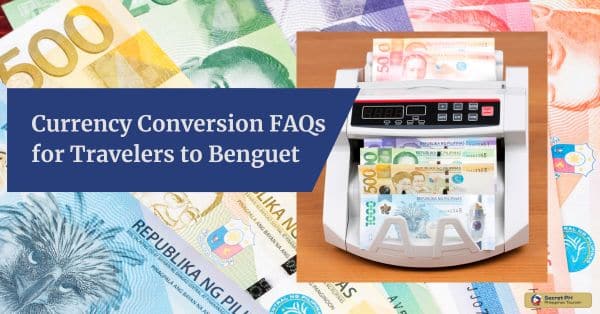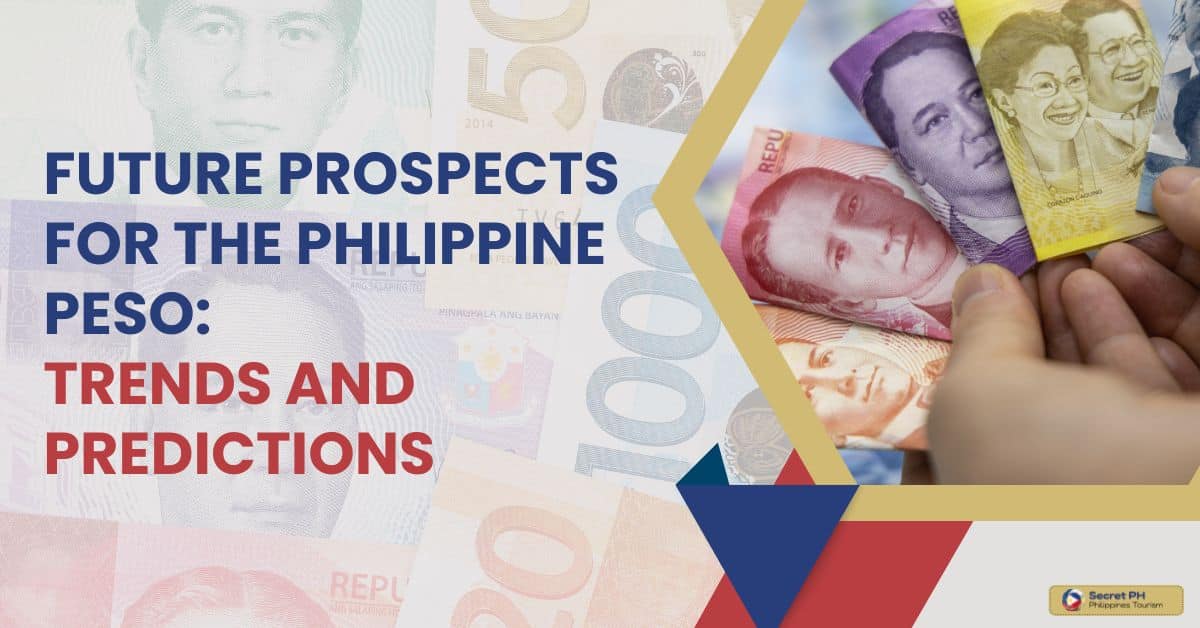Currency conversion in the Philippines can be a confusing and complicated process. With so many different exchange rates, fees, taxes, and other charges to take into account, it’s easy for even experienced travelers to make costly mistakes.
To help you get the most out of your currency conversions, here are some common mistakes to avoid when dealing with the currency conversion in the Philippines and some practical tips for a smooth transaction.

Currency conversion in the Philippines
The Philippines uses the Peso as its currency and is a centralized system of currency conversion. The source is fixed by law, and therefore the Peso remains constant for most economic transactions. The Bangko Sentral ng Pilipinas (BSP) is in charge of regulating the prices of foreign currencies within the Philippines, as well as controlling foreign exchange resources.
As a result, it ensures that Filipino citizens have access to fair and justifiable exchange rates when converting any foreign currency into Philippine Pesos. It also regulates sales or purchases of these currencies both online and through Money, Changer agents to guarantee secure use while traveling outside or inside the country, respectively. Finally, BSP’s e-banking system makes it easy for users to check real-time exchange rates with convenience and accuracy.
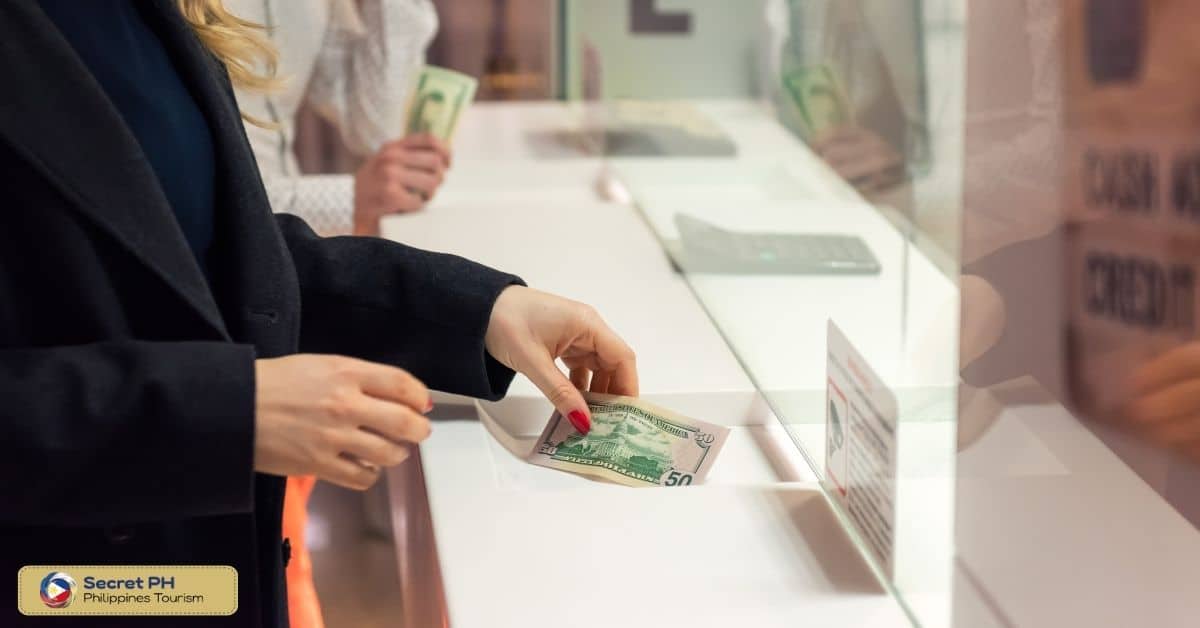
Mistake 1: Not Researching Current Exchange Rates
Not researching current exchange rates is a common mistake when it comes to currency conversion in the Philippines. It is important to know the current exchange rate to ensure that you are getting the best value for your money. The exchange rate can fluctuate daily and even hourly, so it is crucial to stay informed about the current rate.
Not researching the current exchange rate can result in losing money and paying more than necessary. For example, if you convert your money when the exchange rate is unfavorable, you may receive less in local currency than you would have if you had converted at a better rate. On the other hand, if you are traveling to the Philippines and need to purchase goods or services, not knowing the current exchange rate can also result in overpaying.
How to Check the Exchange Rate Regularly
Checking the exchange rate regularly is a crucial step in avoiding common mistakes in currency conversion in the Philippines. The exchange rate can fluctuate daily, so it is important to stay informed about the current rate.
There are several ways to check the exchange rate, including online resources and local currency exchange offices.
Online resources:
- Financial news websites: Many financial news websites, such as CNN Money or Bloomberg, provide up-to-date information on currency exchange rates.
- Banking websites: Many banks, such as BDO or BPI, have online calculators that allow you to see the current exchange rate.
- Mobile applications: There are many mobile applications available for download, such as XE Currency or TransferWise, that provide real-time exchange rate information.
Local currency exchange offices:
- Currency exchange offices: Currency exchange offices, such as Czarina or BPI Forex, can provide current exchange rates.
- Banks: Banks, such as BDO or BPI, can also provide exchange rate information.
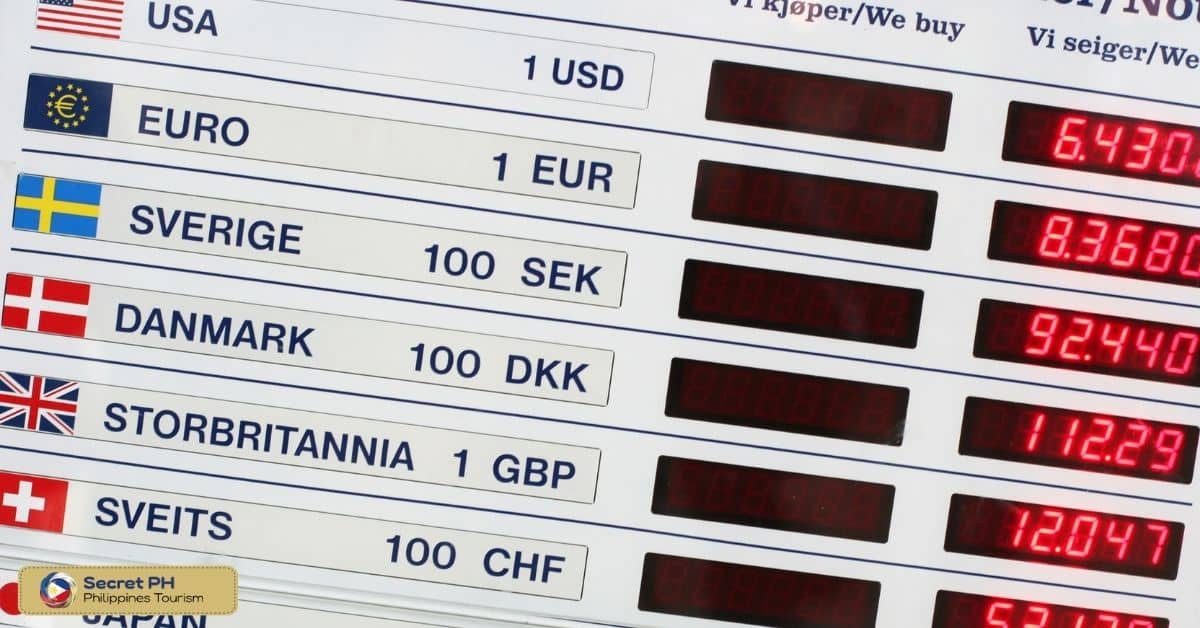
Mistake 2: Not Being Aware of Conversion Fees
Not being aware of conversion fees is another common mistake when it comes to currency conversion in the Philippines. Conversion fees can add up quickly, especially if you are converting a large amount of money. It is important to be aware of these fees so that you can accurately calculate the cost of your currency conversion.
Not being aware of conversion fees can result in overpaying for your currency conversion. By knowing the conversion fees beforehand, you can compare different sources and find the best deal. It is also important to compare the exchange rate and conversion fees from different sources to ensure that you are getting the best value for your money.
Here are some common conversion fees for currency exchange in the Philippines:

- Commission: Commission is a fee charged by currency exchange offices for their services. This fee can range from a few percent to a flat rate depending on the source.
- Transaction Fees: Transaction fees may be charged by banks or online currency exchange platforms for processing the currency conversion. This fee can range from a few pesos to a percentage of the total amount being converted.
- Value-Added Tax (VAT): In the Philippines, a value-added tax (VAT) of 12% may be applied to the total cost of the currency conversion.
- Bank Fees: Banks may charge fees for transferring money between accounts or for exchanging currency. These fees can vary depending on the bank and the type of account being used.
It is important to inquire about these fees beforehand and factor them into your calculations when making a currency conversion in the Philippines.
Mistake 3: Not considering the Amount Being Converted
Not considering the amount being converted is a common mistake in currency conversion in the Philippines. The amount being converted can greatly affect the cost of the conversion, including exchange rates and conversion fees. It is important to take the amount into consideration when making a currency conversion.
For small amounts, a small difference in the exchange rate may not make a significant impact. However, for larger amounts, a small difference in the exchange rate can result in a significant loss of money. For example, if you are converting PHP 100,000, a difference of PHP 1 in the exchange rate can result in a difference of PHP 100,000 in the amount you receive.
In addition to exchange rates, the amount being converted can also affect the cost of conversion fees. Some sources may charge a flat fee, while others may charge a percentage of the amount being converted. It is important to consider the cost of conversion fees in relation to the amount being converted to ensure that you are getting the best value for your money.
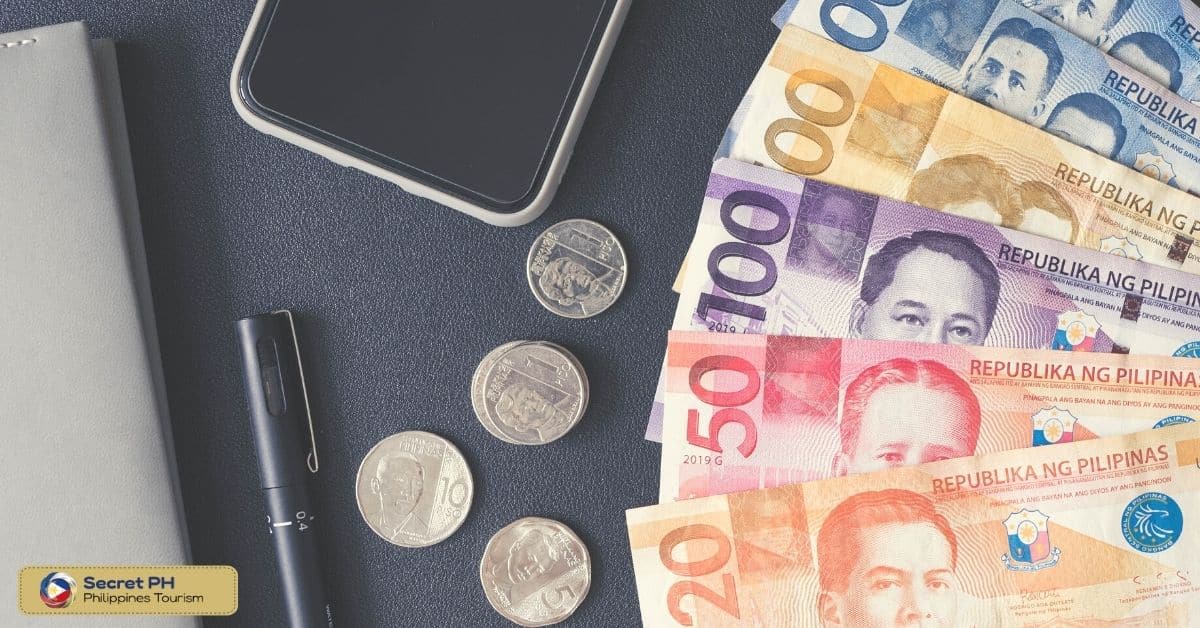
Mistake 4: Not Researching the Best Place to Convert Currency
Not researching the best place to convert currency can lead to a less favorable exchange rate and higher conversion fees. Currency exchange rates and conversion fees can vary greatly depending on the source, and by not taking the time to research the best options, you may end up paying more than necessary.
There are several different places to convert currency and buy dollars in the Philippines, each with its own pros and cons:
| PLACE | PROS | CONS |
| Currency Exchange Offices | The convenience of physical locations and the ability to handle large amounts | Potentially higher fees and less favorable exchange rates compared to other sources. |
| Banks | Security of using a trusted financial institution and the availability of different types of accounts, such as savings or checking | Potential restrictions on the amount that can be converted, longer processing times, and higher fees compared to other sources. |
| Online Currency Exchange Platforms | Competitive exchange rates and lower fees compared to other sources | Potential security risks and the need for a reliable internet connection. |
| Credit Cards and ATMs | Not typical but can also be used for currency conversion in the Philippines | Involves higher fees and lower exchange rates |
Mistake 5: Not Keeping Receipts and Records of Currency Conversion
Not keeping receipts and records of your currency conversions is a common mistake in the Philippines. It is important to keep track of all transaction records, including exchange rates, conversion fees, taxes, and other charges. This will make it easier for you to compare different sources and ensure that you are getting the best value for your money.
In addition, keeping receipts and records can help you resolve any disputes that may arise from your currency conversion. If there are any discrepancies, you will have documentation to support your claim.
Not keeping receipts and records can result in losing money and not being able to resolve disputes. By keeping track of all transactions, you can ensure that you are getting the best value for your money and that any disputes can be resolved quickly.

Practical Tips for Smooth Currency Conversion
Here are some practical tips for smooth currency conversion in the Philippines:

- Research current exchange rates: Regularly check the current exchange rate to ensure that you are getting the best value for your money.
- Compare different sources: Compare the exchange rate and conversion fees from different sources, such as currency exchange offices, banks, and online platforms, to ensure that you are getting the best deal.
- Consider the amount being converted: The amount being converted can greatly impact the exchange rate and conversion fees. Consider the amount when making your currency conversion.
- Factor in all fees and charges: Make sure to factor in all fees and charges, including taxes and transaction fees, into your calculations to ensure that you are getting the best value for your money.
- Use reliable sources: Use reliable sources for your currency conversions, such as currency exchange offices, banks, or online platforms with a good reputation.
- Keep receipts and records: Keep receipts and records of your currency conversion transactions to ensure that you have a record of your transactions in case of any issues.
- Be aware of scams: Be aware of scams and fraudulent activities when making a currency conversion, and only use trusted sources for your transactions.
By following these practical tips, you can ensure a smooth and successful currency conversion in the Philippines and make the most of your money.
In Conclusion
Currency conversion in the Philippines can be a complex process, but by following these practical tips, you can ensure a smooth and successful transaction. Researching current exchange rates, comparing different sources, and considering all fees and charges are crucial steps in getting the best value for your money.
Keep receipts and records of your transactions to protect yourself from scams and fraudulent activities, and only use trusted sources for your currency conversions. By following these tips, you can make the most of your money and ensure a successful currency conversion in the Philippines.

